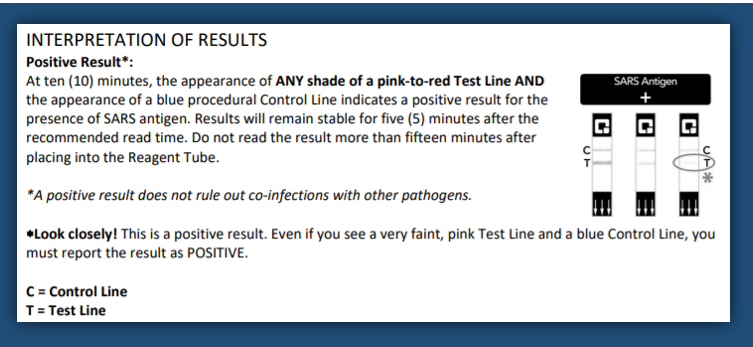


If you test negative, you may need to test again. It simply means you’re not yet contagious or not contagious anymore, or you may have a different infection causing your symptoms. But a negative test doesn’t mean you don’t have COVID, Adalja says. Such tests can tell you if you’re able to spread COVID or not-a positive means you are able to, a negative means you’re not able to. The problem for many people is that they’re asking the wrong question of their at-home COVID test, Adalja says. What question are you asking your COVID test? Most people with symptoms who test negative initially “test positive after a day or two,” Rajnarayanan says. At both the beginning of an infection and at the end, viral loads are not always significant enough to turn a test positive. That’s because you may be testing too early at home. “The nose is one of the portals through which the virus enters and lives, but it’s also in the mouth and could be harbored deep in the lungs.” Are you performing your COVID test at the wrong time?Īt-home COVID tests not working is a common complaint these days, Raj Rajnarayanan-assistant dean of research and associate professor at the New York Institute of Technology campus in Jonesboro, Ark., and a top COVID variant tracker-tells Fortune. Stuart Ray, vice chair of medicine for data integrity and analytics at Johns Hopkins’ Department of Medicine, previously told Fortune. “When we sample the nose, we’re grabbing one little patch-a tiny little surface area-when the virus could definitely be replicating somewhere else in the body,” Dr.


 0 kommentar(er)
0 kommentar(er)
